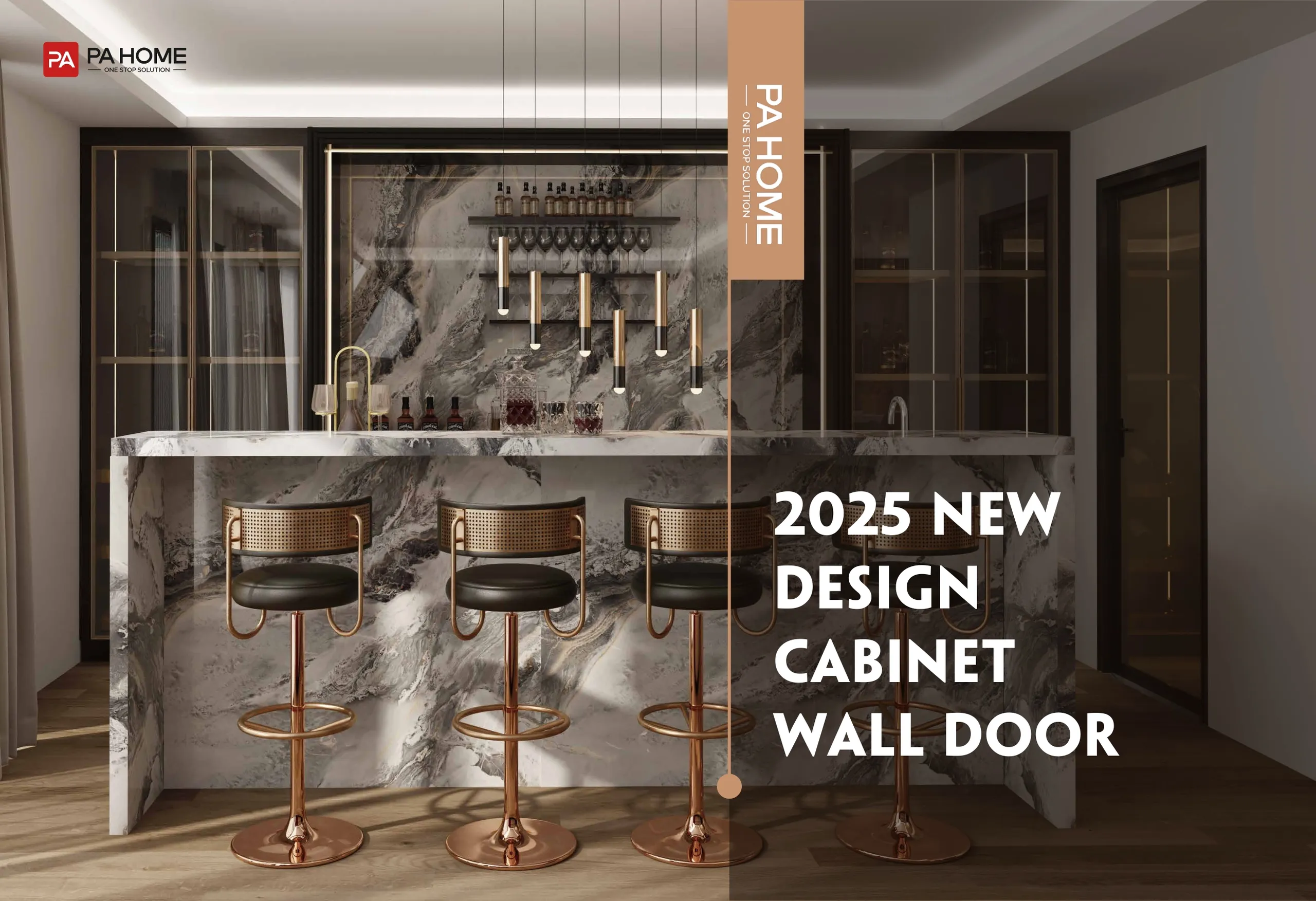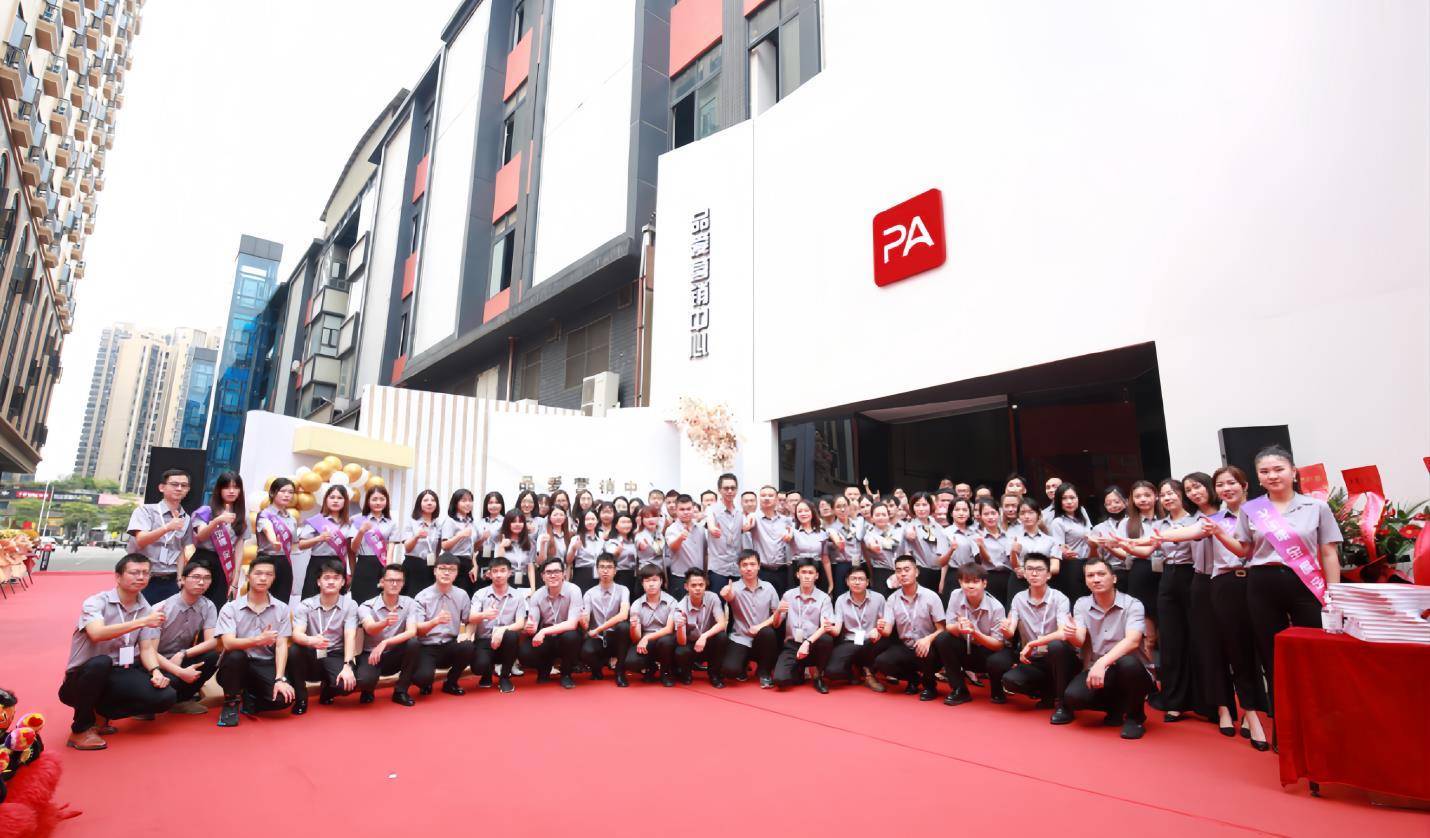The affordable housing crisis in the United States is a pressing issue. With rising construction costs, labor shortages, and complex regulatory processes, the challenges facing affordable housing developers have never been more difficult. According to the National Low Income Housing Coalition, the U.S. faces a shortage of 7.3 million affordable rental homes for extremely low-income households. The gap between the demand and supply of affordable housing underscores the urgency for innovative solutions to help developers deliver affordable homes more efficiently and at lower costs.
At PA Home, we understand the challenges developers face, from securing funding to overcoming lengthy approval processes. In this article, we’ll explore actionable strategies that affordable housing developers can adopt to cut costs, speed up project timelines, and scale up their impact. Backed by industry data and real-world examples, these insights will help you overcome common barriers and achieve your development goals—whether you’re a small community-focused organization or a top player in the affordable housing sector.
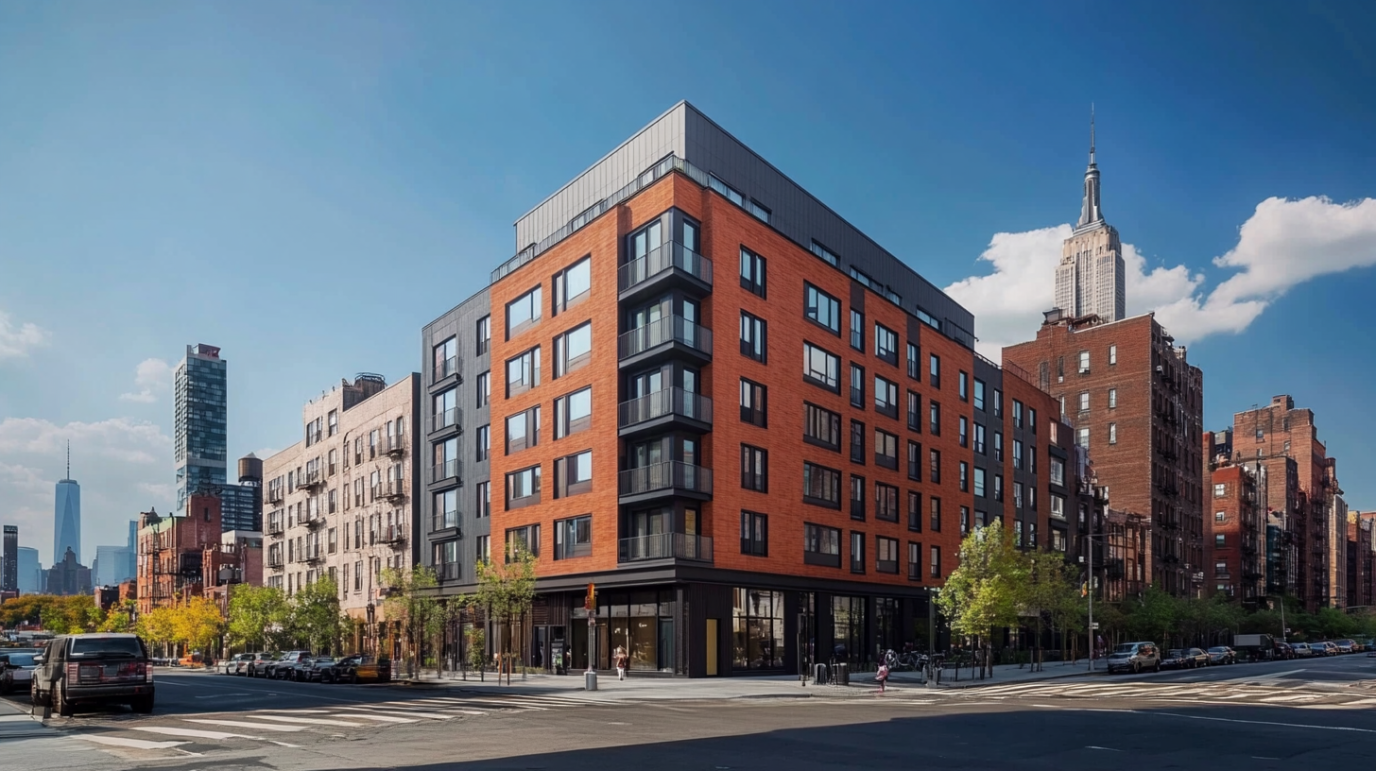
The State of Affordable Housing Development in the USA
The affordable housing landscape in the U.S. is currently in a state of crisis. Rising construction costs, labor shortages, and lengthy approval processes are all contributing factors to the stagnation of the affordable housing market. Let’s take a closer look at the data:
- The average cost to build a single affordable housing unit in the U.S. reached $265,000 as of 2023, a significant increase from previous years (Urban Institute, 2023).
- A typical affordable housing project takes anywhere from 3 to 5 years to complete, with delays often resulting from complex approval processes, zoning regulations, and funding challenges (National Housing Conference, 2022).
These hurdles are especially pronounced for large-scale developments, where the complexity of the projects magnifies the risks involved. However, the industry is seeing a shift toward more innovative and cost-effective solutions that aim to address these challenges, improve efficiency, and reduce the overall cost per unit.
Proven Strategies to Cut Costs in Affordable Housing Development
Reducing costs while maintaining quality is critical to ensuring the financial viability of affordable housing projects. Below are three proven strategies that can help developers cut costs without compromising on quality:
Innovative Building Materials
One of the most effective ways to cut construction costs is by incorporating innovative, cost-efficient building materials into your projects. Here is the example:
- Plywood: Plywood is a lightweight, versatile, and economical engineered wood material made by cross-laminating thin wood veneers. Its layered construction provides excellent strength and stability, making it ideal for a wide range of applications, from furniture to structural sheathing. According to the APA – The Engineered Wood Association (2023), plywood can reduce material costs by up to 20% compared to solid wood, while its ease of handling and installation also lowers labor time and expenses. For example, PA Home’s plywood cabinets are more popular with contractors than MDF and particle board cabinets due to their longterm cost-effectiveness.

Modular and Panelized Construction
Modular construction is gaining momentum as a preferred method for affordable housing projects due to its cost and time-saving advantages. Here’s how:
- Time Savings: Modular construction allows units to be built off-site in a factory setting, which speeds up the overall construction process. Research by McKinsey & Company (2022) suggests that modular projects are completed 30-50% faster than traditional construction, cutting down on time delays and enabling faster occupancy.
- Cost Savings: Because much of the construction takes place in a controlled environment, there is less waste and fewer delays from weather or labor shortages. According to the Urban Institute (2023), modular construction can reduce costs by 10-20% due to decreased on-site labor and material waste.
Leveraging Government Incentives
Several federal, state, and local programs offer financial incentives to encourage affordable housing development. By leveraging these resources, developers can significantly reduce the upfront costs of their projects. Notable examples include:
- Low-Income Housing Tax Credits (LIHTC): This program provides tax credits to developers who build affordable housing, covering up to 70% of project costs. The U.S. Department of Housing and Urban Development (2023) has cited LIHTC as one of the most successful tools for supporting affordable housing development.
- Community Development Block Grants (CDBG): These grants are designed to fund infrastructure and housing projects in low-income communities. By utilizing CDBG funding, developers can access essential capital for the development and improvement of affordable housing.
Accelerating Development Timelines: Best Practices for Faster Delivery
Timeliness is just as important as cost in the world of affordable housing development. Below are a few strategies that can help developers accelerate timelines and get projects completed faster.
Streamlining Approval Processes
The approval process for affordable housing projects can be a bottleneck that causes significant delays. Fortunately, more cities and states are adopting policies to expedite these processes:
- Zoning Reforms: In California, Senate Bill 35 mandates that affordable housing projects be given ministerial approval within 60 days, eliminating the need for lengthy public hearings and streamlining the approval process .
- Fast-Track Permits: Cities such as Minneapolis and Seattle have introduced priority permit programs for affordable housing projects, reducing review times by up to 50% (Urban Institute, 2023).
Digital Tools and Technology
Advancements in technology have revolutionized how developers plan and execute projects. Here are two digital tools that can significantly improve project timelines:
- Building Information Modeling (BIM): This 3D modeling software enables developers to visualize the entire project before construction begins, reducing design errors and minimizing costly revisions.
- Project Management Platforms: Tools like Procore and Cloud Factory streamline communication, collaboration, and workflow management between various teams.
Public-Private Partnerships
Collaborating with public agencies and nonprofit organizations can help developers address common funding and regulatory challenges.
Top 10 Affordable Housing Developers in the USA
As the affordable housing crisis continues to affect communities across the United States, several developers have stepped up to provide innovative, sustainable, and cost-effective housing solutions. These top affordable housing developers are leading the way in creating affordable homes that meet the growing demand, all while navigating complex regulations and rising costs. Below are some of the affordable housing development companies:
1. Related Companies
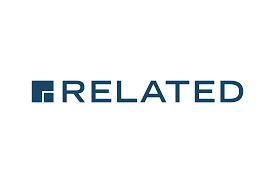
The Related Companies, founded in 1972, is one of the largest privately-owned real estate firms in the USA. It specializes in developing, managing, and acquiring residential, commercial, and mixed-use properties. Known for its commitment to creating affordable housing, Related has delivered over 70,000 affordable housing units across the country. Their affordable housing developments span New York City, Los Angeles, and Chicago, among other key cities.
2. Trammell Crow Residential

Founded in 1977, Trammell Crow Residential is a leader in the development of residential properties in the U.S. The company has delivered over 200,000 residential units, including a significant number of affordable housing projects. Trammell Crow specializes in developing communities that are both high-quality and affordable, incorporating green building practices into their designs.
3. Lennar Corporation
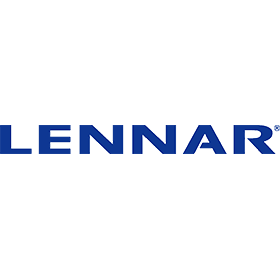
Lennar Corporation is one of the largest homebuilders in the U.S. and a significant player in affordable housing development corporation. Founded in 1954, Lennar builds homes and communities for a wide range of income levels, including a robust portfolio of affordable housing projects. They also emphasize energy-efficient homes and sustainable development practices to reduce long-term costs for residents.
4. PulteGroup
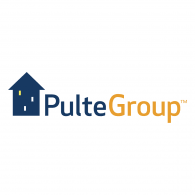
PulteGroup, established in 1950, is one of the largest residential homebuilders in the U.S. The company has a strong commitment to building affordable homes and communities that cater to the needs of middle-income families. PulteGroup’s affordable housing division has created thousands of homes through public-private partnerships and government incentives. They focus on delivering quality homes that meet the financial needs of families while ensuring long-term sustainability.
5. Clark Construction Group
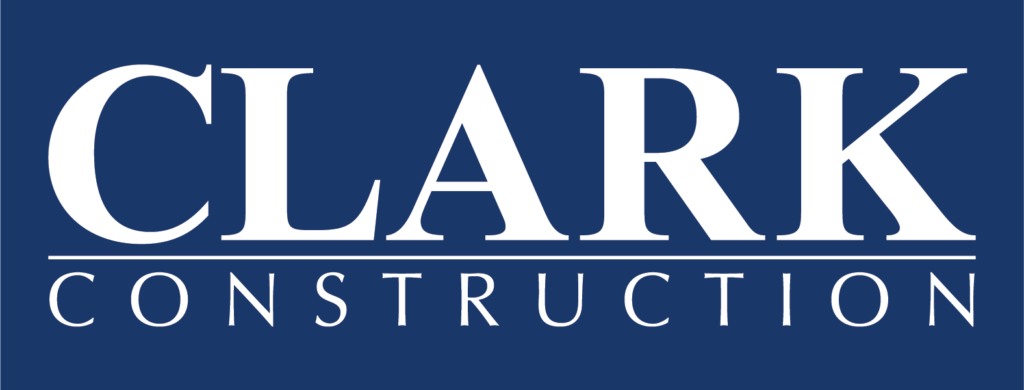
Clark Construction Group is a leading general contractor with a strong reputation in affordable housing development. They specialize in public-private partnerships and have worked on numerous affordable housing projects across the America. They focus on both new construction and rehabilitation projects. Their experience in managing large-scale, complex projects, which have earned them a spot as one of the top developers in the affordable housing sector.
6. Hunt Companies
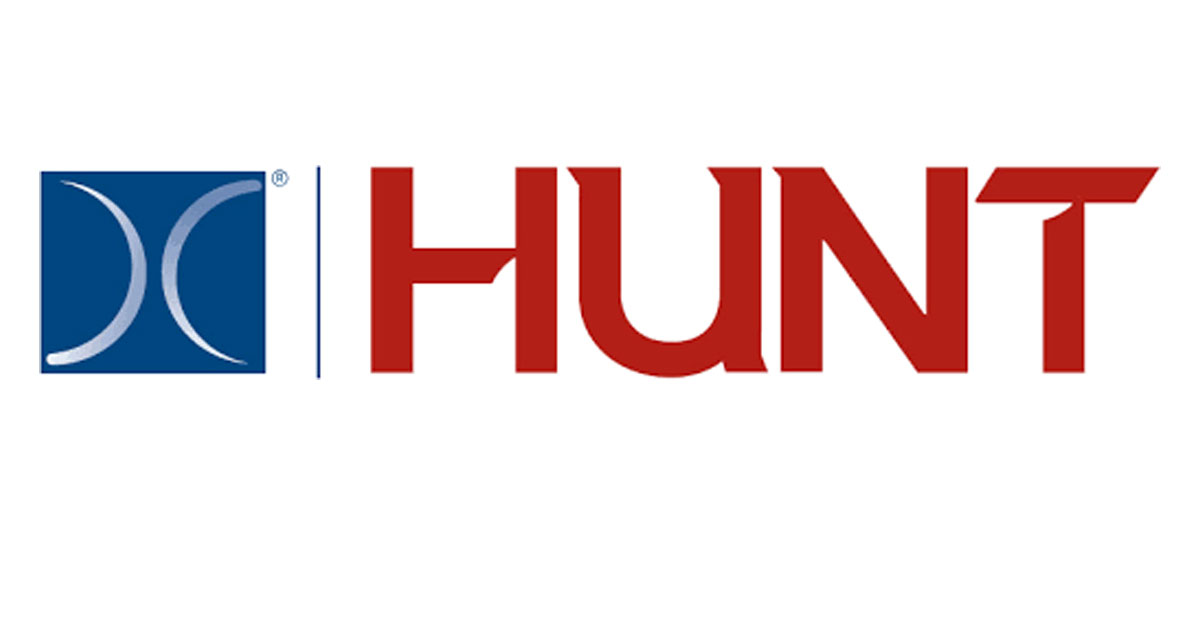
Hunt Companies is a prominent real estate development firm based in El Paso, Texas. They specialize in affordable housing and have worked on large-scale affordable housing projects across the U.S. Since its inception in 1947, the company has developed thousands of affordable housing units. It is committed to providing quality homes to low- and moderate-income families. Their projects include both public housing developments and private-sector partnerships.
7. McCormack Baron Salazar
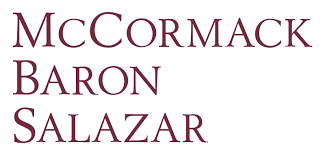
McCormack Baron Salazar is one of the nation’s leading developers of affordable housing. With a commitment to creating high-quality, sustainable communities. It has developed more than 19,000 affordable housing units across the country. They are known for their mixed-use developments, which integrate affordable housing with retail and commercial spaces to create vibrant communities.
8. Greystar

Greystar is a global leader in rental housing and a prominent player in affordable housing development. With a strong presence in the U.S., Greystar focuses on providing housing solutions for low-income and workforce families. Their expertise in both the multifamily rental sector and affordable housing development has enabled them to address the needs of underserved communities effectively.
9. Walton
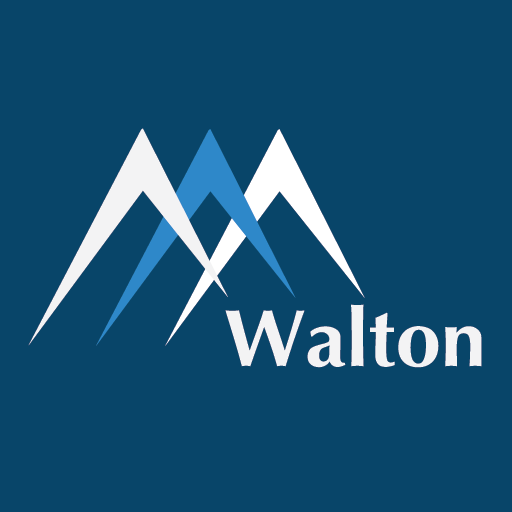
Walton is known for its innovative approach to affordable housing, particularly in urban redevelopment projects. Their work focuses on revitalizing neighborhoods and providing high-quality, affordable living spaces. Walton’s success is driven by their ability to blend residential and community spaces, ensuring that their projects benefit both the residents and the surrounding area.
10. The Michaels Organization

The Michaels Organization is a leading developer and owner of affordable housing in the U.S. The company has been active in both the construction of new affordable housing units and the rehabilitation of existing properties. Their approach focuses on creating sustainable, vibrant communities that improve the quality of life for residents while addressing the growing need for affordable housing across the country.
As the affordable housing landscape continues to evolve, these companies represent the top developers who are shaping the future of affordable housing in the United States. With innovative building techniques, sustainable materials, and a focus on community development, these leaders are setting the standard for affordable housing in the U.S. and beyond.
How PA Home Supports Affordable Housing Developers
At PA Home, we specialize in providing high-quality, cost-effective building solutions that support the development of affordable housing. Our products, including cabinet systems, aluminum windows, and wall panels, are designed to:
- Reduce Costs: Durable RTA cabinet components lower material and labor expenses, enabling developers to stay within budget.
- Speed Up Timelines: Our easy-to-install products can accelerate construction schedules, ensuring that projects are completed on time.
- Enhance Sustainability: Energy-efficient designs help reduce long-term operating costs, benefiting both developers and residents.
- Project Experience: PA Home has 17 years of experience in furniture manufacturing and exporting, having completed more than 4,2000 overseas projects.
Conclusion
As the affordable housing crisis continues to grow, it’s crucial that developers adopt innovative strategies to reduce costs and accelerate timelines. By leveraging the right technologies, materials, and partnerships, developers can help solve the housing crisis while maintaining financial viability.
At PA Home, we are committed to supporting affordable housing developers every step of the way. As your one-stop solution provider, we offer comprehensive wholehouse customization options designed to reduce costs while enhancing quality and sustainability. Contact PA today to learn more about how we can help you achieve your goals and make a lasting impact in the affordable housing sector.
FAQs
Emerging developers can gain valuable insights by studying the best practices of industry leaders. This includes examining case studies, attending industry conferences, and reviewing detailed reports from organizations like the National Low Income Housing Coalition and the Urban Institute. Mentorship programs and networking opportunities provided by industry associations also offer practical guidance on innovative construction techniques, cost-saving measures, and sustainable development practices.
Rankings generally consider a range of factors, including the number of affordable units developed, innovation in construction methods (such as modular and prefabricated building), cost-efficiency, sustainability practices, and overall community impact. Analysts also look at a company’s ability to leverage government incentives and its track record of successful project completions.
The most up-to-date rankings and insights are available in industry publications, government reports, and market research from organizations like the National Low Income Housing Coalition and the Urban Institute. These sources provide detailed analyses and annual updates that reflect current trends and performance.
Key challenges include:
Funding Constraints: Securing adequate financing amidst changing government policies and economic fluctuations.
Regulatory Hurdles: Navigating complex zoning laws, building codes, and other regulatory requirements that can delay projects.
Community Opposition: Addressing concerns from local communities regarding new developments, which can impact project timelines and feasibility.
Market Competition: Competing with market-rate developers for land and resources, which can drive up costs and limit opportunities for affordable projects.
Several prominent organizations specialize in developing affordable housing in the USA. For example, Related Companies, Enterprise Community Partners and National Equity Fund (NEF).
Popular areas with active new housing projects include:
Jefferson City, GA
Boise, ID
Spartanburg, SC
Ocala, FL







